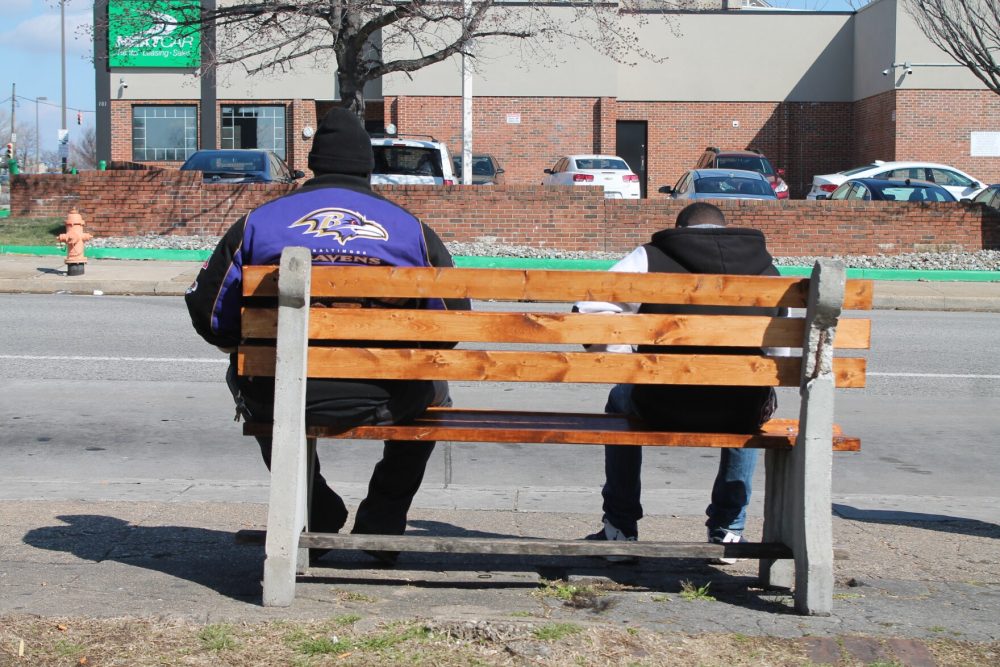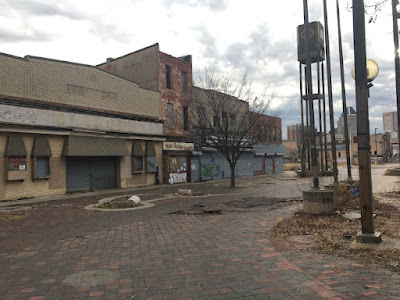John Waters reflects on Pink Flamingos as it approaches 50 and joins the National Film Registry
by Ed Gunts
Published December 23 in Baltimore Fishbowl
Excerpt: When Pink Flamingos was released in 1972, the John Waters movie was censored in Maryland and banned in several countries. Made for $12,000, featuring the tagline “an exercise in bad taste,” it found an underground audience at midnight showings around the country.
This month, just 12 weeks shy of the 50th anniversary of its release, Pink Flamingos has gained new recognition. The U. S. Library of Congress announced last week that it has added Waters’ transgressive black comedy to the National Film Registry, a list of movies that the U. S. government deems “culturally, historically or aesthetically” significant.
Let that sink in: A division of the federal government is calling attention to the film that Interview magazine called “the sickest movie ever made,” and others have called filthy, hideous, disgusting, outrageous and obscene. A movie that depicts murder, bestiality, rape, dismemberment and the ingestion of feces. A movie whose central character is a drag queen who wants to be known as “The Filthiest Person Alive.”
According to the Library, Pink Flamingos is one of 25 movies that were selected this year to join the registry, along with more mainstream fare such as Star Wars Episode VI – Return of the Jedi and The Lord of the Rings: The Fellowship of the Ring.















